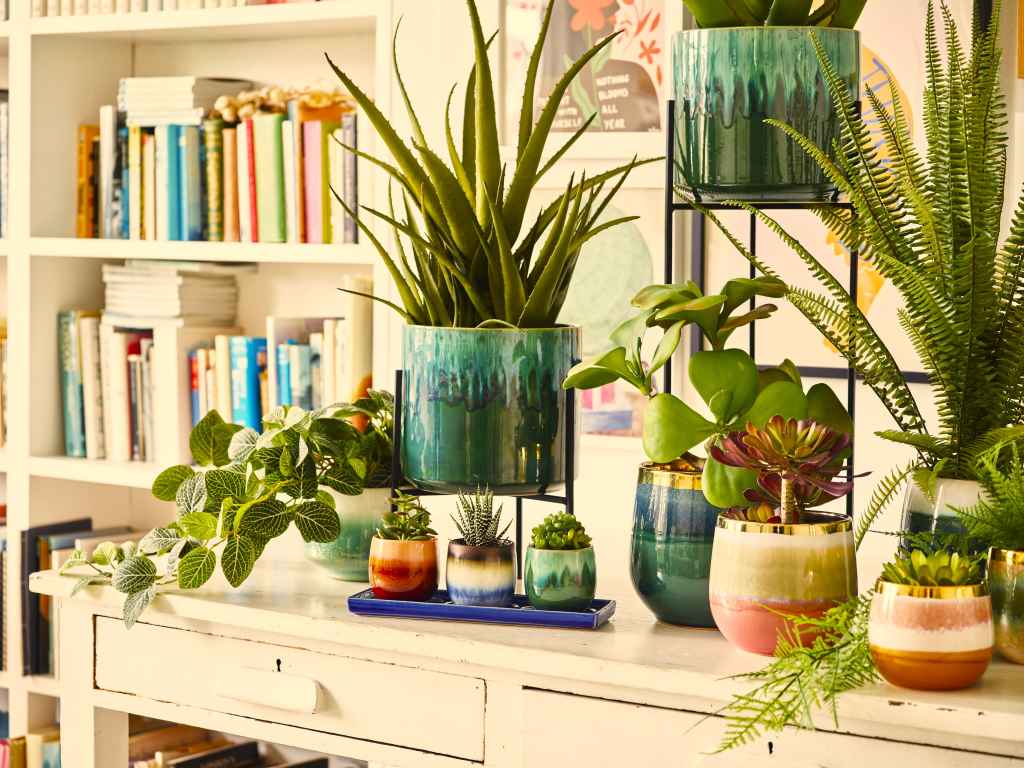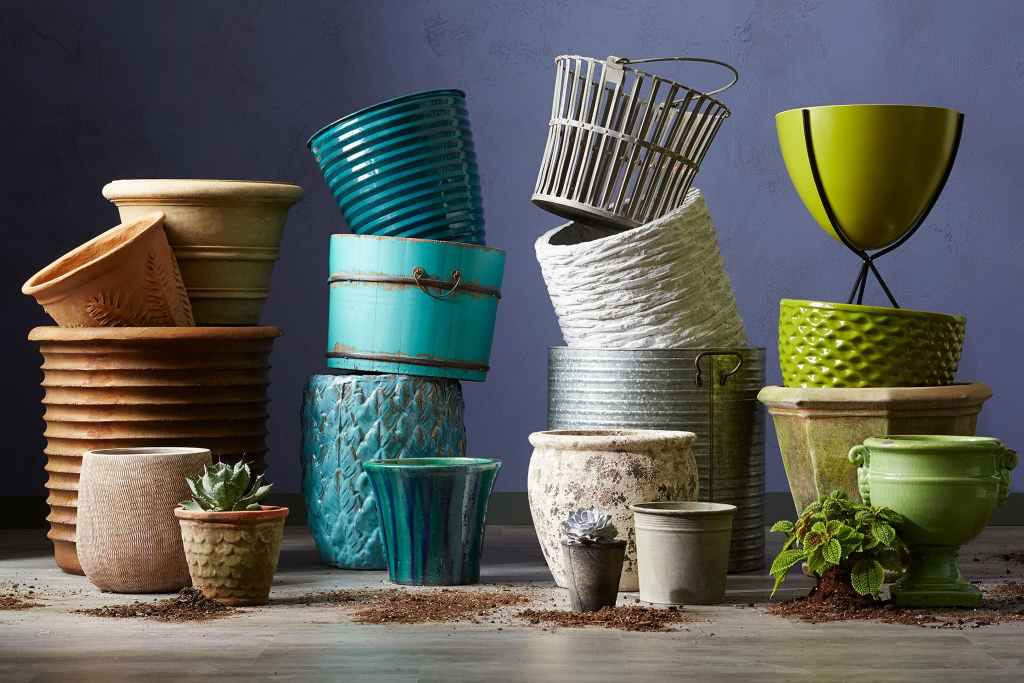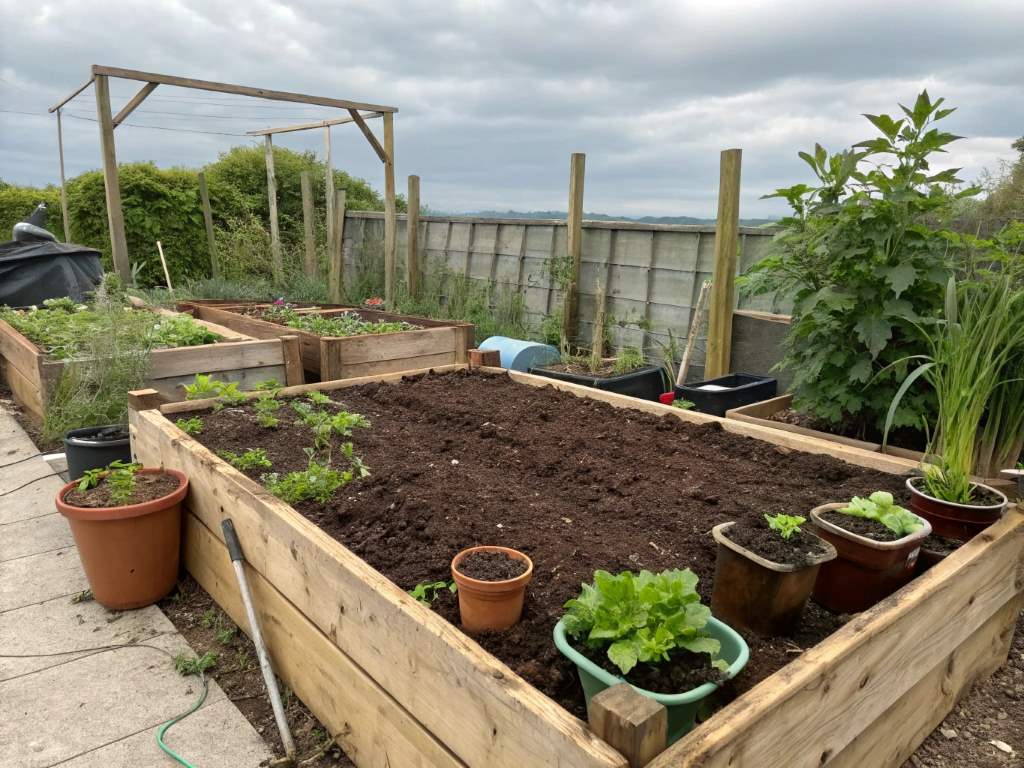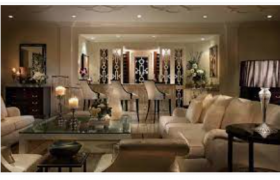Indoor plants bring life, vibrancy, and a touch of nature to our homes. While the plants themselves are the stars, the right pots can elevate their charm and transform them into living art pieces. Decorative pots are more than just containers; they’re an opportunity to showcase your style, enhance your décor, and create a harmonious indoor garden. Let’s explore some clever ways to use decorative pots for indoor plants.
1. Play with Textures and Materials
The texture and material of your pot can significantly impact the overall aesthetic. Here are some ideas:
- Terracotta: Classic and earthy, terracotta pots come in various sizes and shapes, perfect for succulents, cacti, or herbs.
- Ceramic: Glazed ceramic pots offer a sleek, modern look, while unglazed ones provide a rustic feel. Their smooth surfaces complement minimalist or contemporary décor.
- Concrete: Concrete pots bring an industrial edge, ideal for larger plants like fiddle leaf figs or snake plants.
- Metal: Copper, brass, or galvanized metal pots add a touch of shine and luxury. Use them for trailing plants or as statement pieces.
Don’t be afraid to mix and match textures for a visually interesting display. Combine smooth ceramic pots with rough terracotta or textured concrete for a dynamic look. If you’re wondering how to care for dianthus in pots, it’s essential to ensure proper drainage and regular watering to keep the plants healthy and vibrant.
2. Size and Shape Matter
The size and shape of your pot should complement the plant’s growth habit and size. Consider these tips:
- Tall and Narrow: These pots are perfect for plants with upright growth, like snake plants or bamboo palms.
- Wide and Shallow: Ideal for plants that spread horizontally, like succulents or African violets.
- Round: A classic choice for most plants, round pots create a balanced and harmonious look.
- Geometric: Square, rectangular, or hexagonal pots add a modern touch and work well with minimalist décor.
Choose a pot that’s slightly larger than the plant’s root ball to allow for growth. Oversized pots can lead to overwatering, while undersized ones can restrict root development.
3. Color Palette and Patterns
The color and pattern of your pot can tie your indoor garden together or create eye-catching focal points.
- Neutral Tones: White, gray, or black pots create a clean backdrop that allows your plants to shine. They work well with any décor style.
- Bold Colors: Use bright or saturated colors like yellow, orange, or blue to add a pop of personality and create a cheerful atmosphere.
- Patterns: Geometric patterns, floral designs, or abstract art on pots can add visual interest and complement your overall décor theme.
Consider the existing colors in your space when choosing pots. You can either create a harmonious look by matching the pot colors to your décor or create contrast for a bolder statement.
4. Creating Visual Interest
Beyond basic pots, consider these creative options:
- Hanging Baskets: Macramé or woven baskets add a bohemian touch and are perfect for trailing plants like pothos or spider plants.
- Wall Planters: Vertical gardens or wall-mounted planters save space and create a unique visual display.
- Terrariums: These miniature enclosed gardens are perfect for showcasing succulents, ferns, or moss.
- Repurposed Containers: Get creative by using old teacups, mason jars, or vintage tins as unique plant holders.
Mix and match different types of pots to create a visually dynamic and interesting indoor garden.
5. Grouping and Arrangement
Don’t just scatter your potted plants randomly. Create intentional groupings and arrangements for a cohesive look.
- Varying Heights: Use plant stands, stools, or books to create different levels and add dimension to your display.
- The Rule of Three: Groupings of three plants often create a visually pleasing arrangement.
- Thematic Displays: Group plants with similar care requirements or create a theme based on color, texture, or plant type.
Remember, the goal is to create a visually appealing and harmonious indoor garden that complements your home décor and reflects your personal style.
In Conclusion
Decorative pots for indoor plants are more than just vessels for your plants; they’re an opportunity to express your creativity and enhance your living space. By playing with textures, colors, shapes, and arrangements, you can transform your indoor plants into living art and create a vibrant oasis in your home. Don’t be afraid to experiment and have fun with it! After all, your indoor garden should be a reflection of your unique personality and style.




